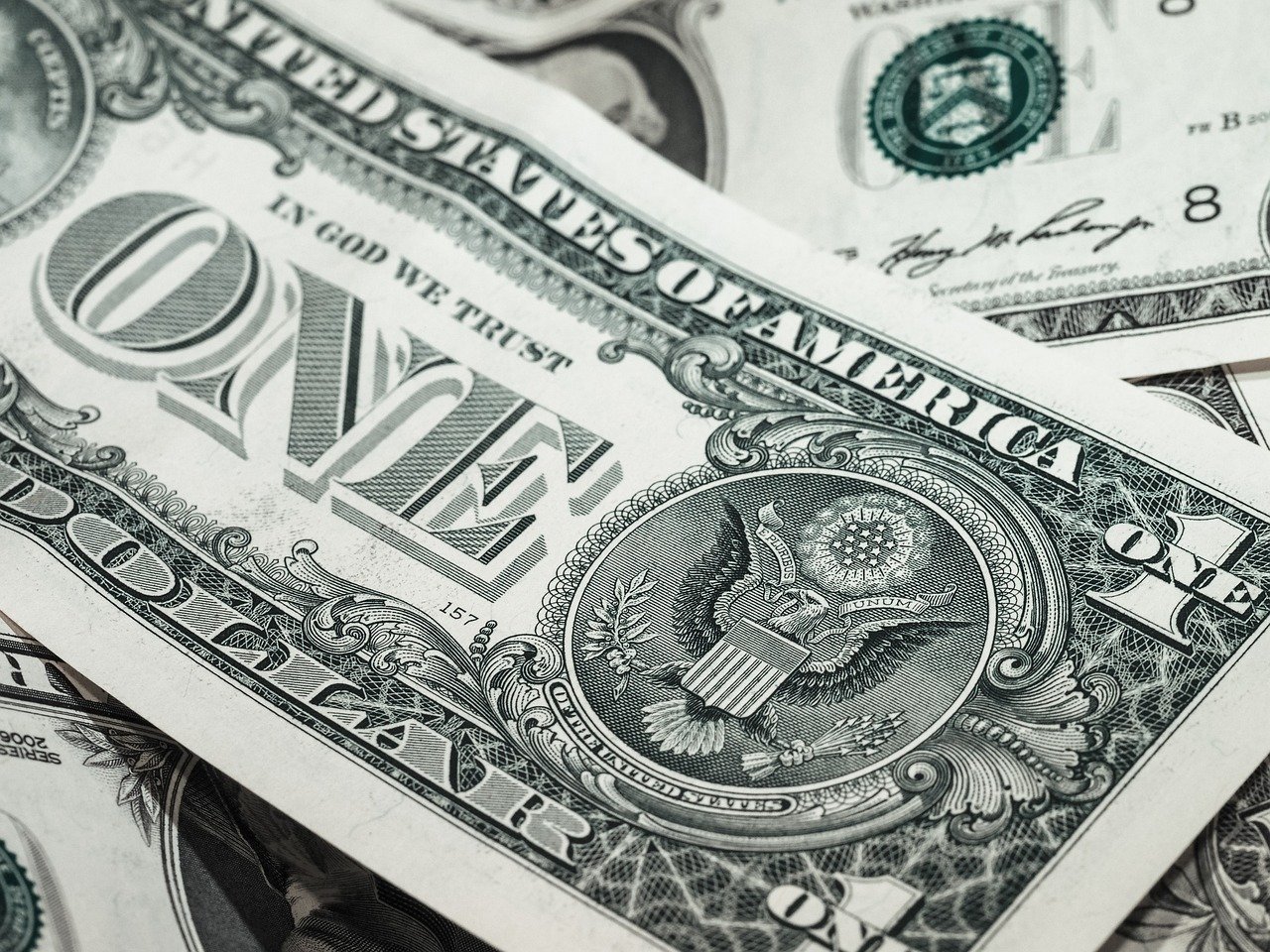Last Updated on October 13, 2025
The U.S. dollar, still the world’s dominant reserve currency, has staged a surprising comeback in 2025. Despite political uncertainty in Washington, the dollar index recently hit a two-week high, leaving many investors who were betting against the dollar facing painful losses.
Earlier this year, “shorting the dollar” was one of the most popular strategies in the $9.6 trillion-a-day global foreign exchange market. But with U.S. economic resilience, cautious signals from the Federal Reserve, and weakness in rival currencies like the euro and yen, that trade is quickly unraveling.
Why the Dollar Is Rising
Several forces are driving the dollar’s rebound:
- Relative Strength of U.S. Economy – While global peers struggle, U.S. growth and labor markets remain resilient.
- Federal Reserve Caution – Senior Fed officials have signaled reluctance to cut rates aggressively, boosting dollar appeal.
- Global Currency Weakness – The euro and yen have both slid to multi-month lows, making the dollar look stronger by comparison.
- Safe-Haven Demand – Political crises in France and Japan, coupled with fiscal uncertainty worldwide, are pushing investors back toward the greenback.
This strength comes even as the U.S. government shutdown drags into its second week, underscoring how global investors still see the dollar as a relative safe haven.
Pain for Dollar Bears
Big banks like Goldman Sachs, JPMorgan, and Morgan Stanley had forecast a weaker dollar, expecting Fed rate cuts and global growth outside the U.S. to draw capital elsewhere. Instead, the opposite has happened.
The Bloomberg Dollar Spot Index has climbed about 2% since midyear, including its best weekly performance in 11 months. For traders holding short-dollar positions, that has translated into sharp losses.
Portfolio managers like Ed Al-Hussainy of Columbia Threadneedle, who were betting against the dollar late in 2024, are now cutting those positions. “Markets have already priced in very aggressive Fed rate cuts,” he says. “It will be difficult for that scenario to play out unless we see significant weakness in the labor market.”
Global Implications of a Strong Dollar
The rebound in the dollar doesn’t just affect currency traders. It has ripple effects across the global economy:
- Emerging Markets – A strong dollar raises the cost of servicing foreign debt and may pressure stocks and bonds.
- Commodities – Dollar strength often pushes commodity prices higher in local currency terms, straining import-dependent economies.
- Central Banks – Stronger dollar trends may limit the ability of other central banks to ease monetary policy.
- U.S. Exporters – American multinationals may see profits squeezed as their goods become more expensive abroad.
Shifts in Trading Sentiment
Hedge funds remain net short on the dollar, according to the Commodity Futures Trading Commission, but those positions are shrinking as losses mount. Meanwhile, traders are buying options to protect against further dollar gains, suggesting a shift in sentiment.
Option markets show investors are now paying more to hedge against a stronger dollar than a weaker one — a reversal from earlier in the year. Appetite for bullish dollar positions has outpaced bearish bets every day this past week, according to DTCC data.
The Role of Global Politics
Relative weakness in the yen and euro is magnifying the dollar’s rise. The yen has dropped to its lowest level since February, amid expectations that incoming Japanese Prime Minister Sanae Takaichi will expand debt-financed stimulus and fuel inflation.
In Europe, France’s ongoing political crisis has weighed heavily on the euro, which slid to its weakest point since August. As one strategist put it: “The dollar is the cleanest shirt in the laundry.”
What This Means for Investors
For personal finance readers and global investors, the dollar’s resurgence is a reminder that betting against the world’s reserve currency is never straightforward.
- Currency Traders: Short-dollar strategies are increasingly risky without clear signals of aggressive Fed easing.
- Stock Market Investors: Stronger dollar could weigh on U.S. exporters but support domestic-focused companies.
- Bond Investors: Stable demand for Treasuries shows continued global appetite for U.S. assets.
- Diversification: Gold, Bitcoin, and other safe havens still attract capital, but the dollar remains dominant in times of uncertainty.
Bottom Line
The bet against the dollar in 2025 has turned into one of the year’s most painful strategies. While the greenback’s strength has surprised many, it underscores the risks of betting against the world’s reserve currency.
For investors, the lesson is clear: stay diversified, watch Fed policy closely, and don’t underestimate the dollar’s safe-haven status.
We at Invest Education think that there is an agenda in some countries to try to remove the dollar from the world economic scene, but this in our opinion is a far fetched dream. The US remains the biggest economy in the world and this comes with the luxury to have a strong currency and for everyone to want to trade with you.
FAQs: Betting Against the Dollar in 2025
Q1: Why is the U.S. dollar rising in 2025?
A: Strong U.S. economic data, cautious Fed policy, and weakness in the euro and yen have boosted the dollar’s appeal.
Q2: Why are investors losing money when betting against the dollar?
A: Many expected aggressive Fed rate cuts and weaker U.S. growth. Instead, resilience in the economy has lifted the dollar.
Q3: How does a strong dollar affect emerging markets?
A: It raises the cost of servicing foreign debt and can pressure stocks, bonds, and currencies in developing economies.
Q4: Is the dollar still a safe haven?
A: Yes. Despite U.S. political uncertainty, global investors continue to see the dollar as the world’s most reliable reserve currency.
Q5: What should investors watch next?
A: The Federal Reserve’s next moves on interest rates, as well as political developments in Europe and Japan, will be key drivers of the dollar.
Featured Image by Thomas Breher from Pixabay

